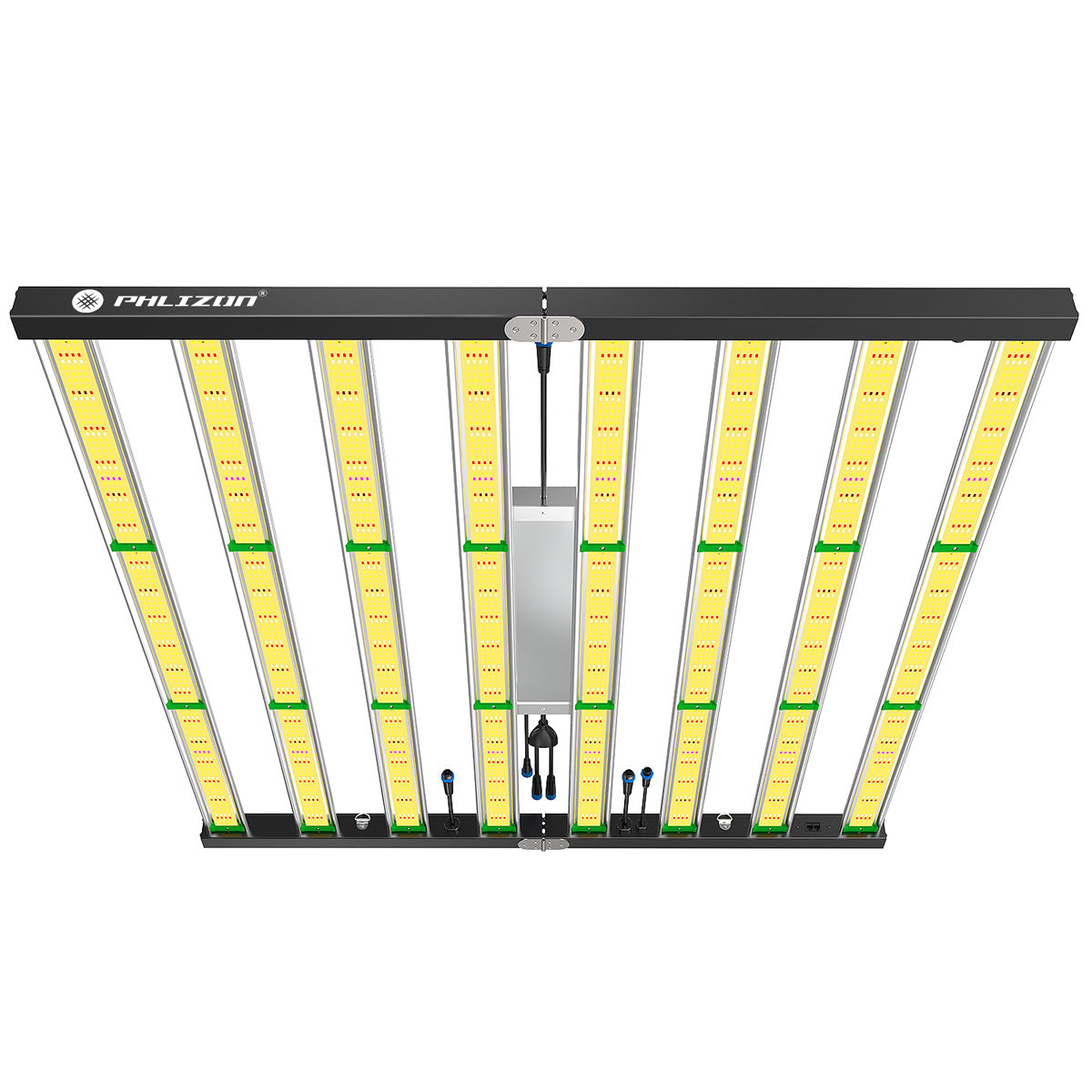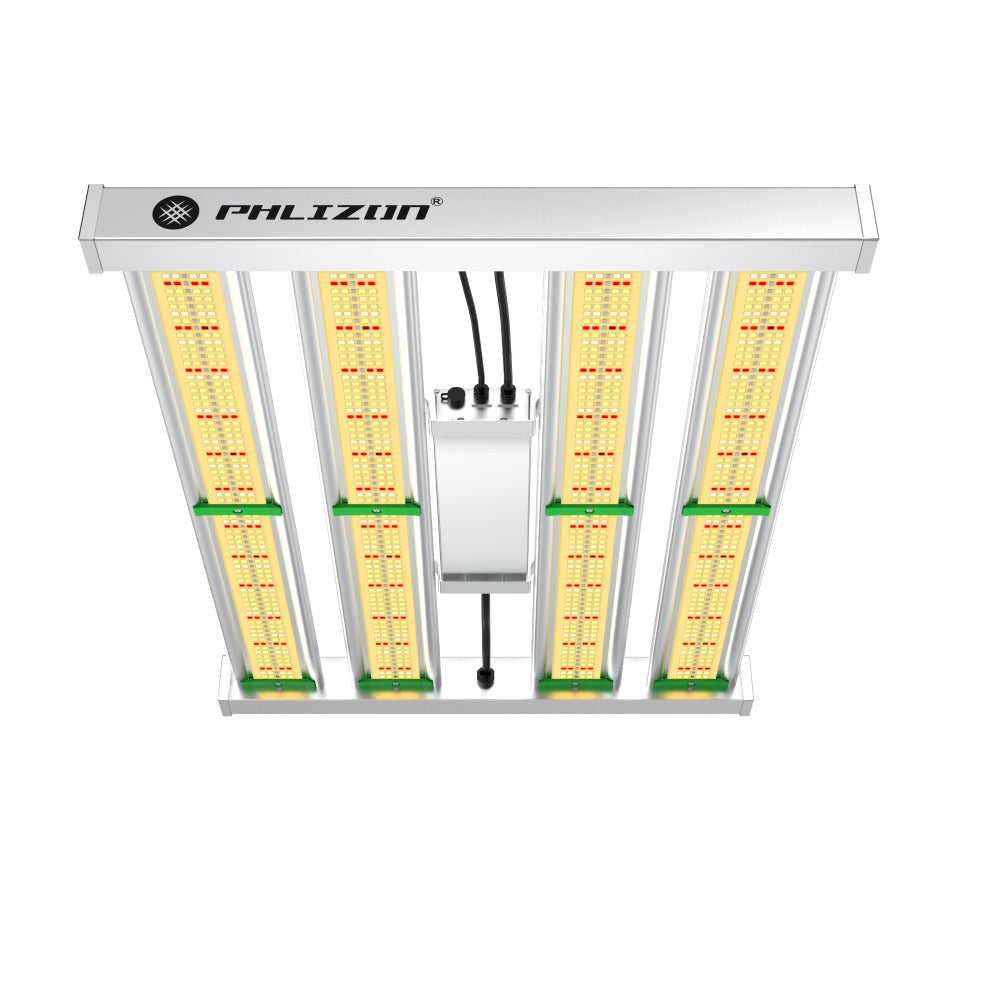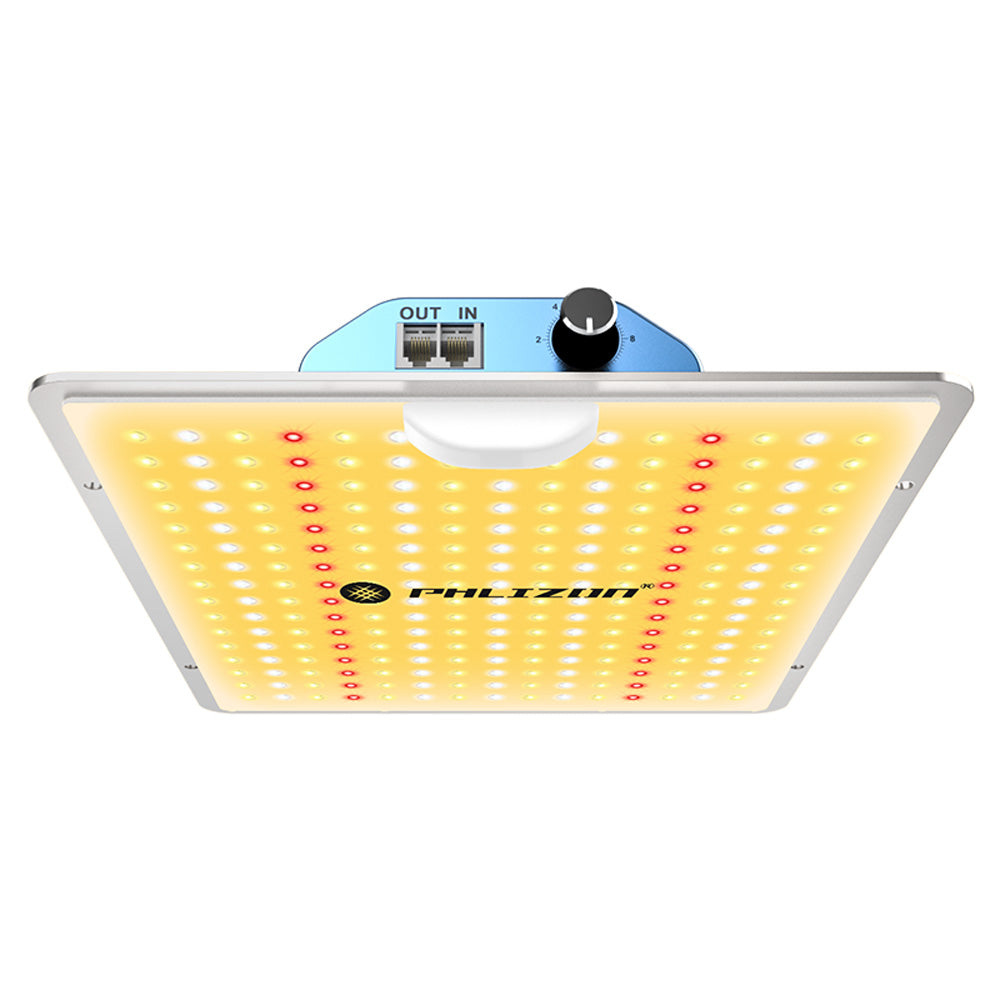Menu
Shedding Light on Indoor Plant Care: How Long Should Grow Lights Be On?
Growing plants indoors can be super rewarding, but figuring out the right amount of light for them can feel a bit confusing. You might be wondering, "Just how long should I leave those grow lights on?" This guide breaks it down to help you keep your leafy friends happy and thriving.
Understanding the Importance of Light
Light is like food for plants. Just as we need nutrients to grow strong, plants rely on light to create energy. When growing your plants indoors, you can’t always count on natural sunlight. That’s where grow lights come in—they mimic the sun's rays, giving your plants the boost they need. But too much or too little light can be more harmful than helpful.
Ideal Lighting Duration for Different Plants
Not all plants are alike. Some love basking in bright light, while others prefer a more laid-back vibe. Here’s a simple breakdown:
Low-Light Plants
Plants like snake plants, pothos, and peace lilies are low-light champs. They thrive on about 10 to 12 hours of light daily. This is like a cozy afternoon sun bath—just enough to keep them happy without overwhelming them.
Medium-Light Plants
For plants like ferns and spider plants, aim for 12 to 14 hours of light each day. Think of it like a sunny day at the park—plenty of light, but not too harsh. This amount encourages steady growth and vibrant colors.
High-Light Plants
If you’re nurturing succulents, cacti, or herbs, they’ll want about 14 to 16 hours of light daily. They’re the sun-worshippers of the plant world! Just picture a sunbather on the beach, soaking up rays to recharge and stay vibrant.
Synchronizing with Plant Growth Cycles
Plants have their natural rhythms. They experience growth spurts and rest periods, much like we do during the day and night. It’s crucial to mimic these cycles. For instance, most plants need a dark period to rest their leaves and roots. A 18/6 or 16/8 schedule—that’s 18 or 16 hours of light followed by 6 or 8 hours of darkness—works well for many indoor plants.
Tips for Perfecting Your Grow Light Setup
Distance Matters
The distance between your grow lights and your plants is key. Lights that are too close can scorch your plants, while lights that are too far might not provide enough energy. Finding that sweet spot often makes all the difference.
Check for Signs
Watch your plants closely. Are the leaves turning yellow? Are they stretching toward the light? These can be signs you need to adjust your light schedule or placement. Just like tuning into a friend’s mood, getting to know your plants’ signals can help you care for them better.
Use Timers for Convenience
Setting a timer for your grow lights can make your life a lot easier. It ensures your plants get consistent light and dark cycles, even on those busy days when you might forget to switch things around.
Conclusion: Striking the Right Balance for Your Indoor Garden
Knowing how long to keep grow lights on for your indoor plants isn’t just about time; it’s about understanding their needs. Pay attention to how they respond, and don’t hesitate to adjust your light duration based on what they seem to enjoy. With the right care and attention, your indoor garden can flourish, bringing life and joy into your home. So grab those grow lights, set them up, and get ready to watch your green friends thrive!
Featured blog
- Choosing a selection results in a full page refresh.

















